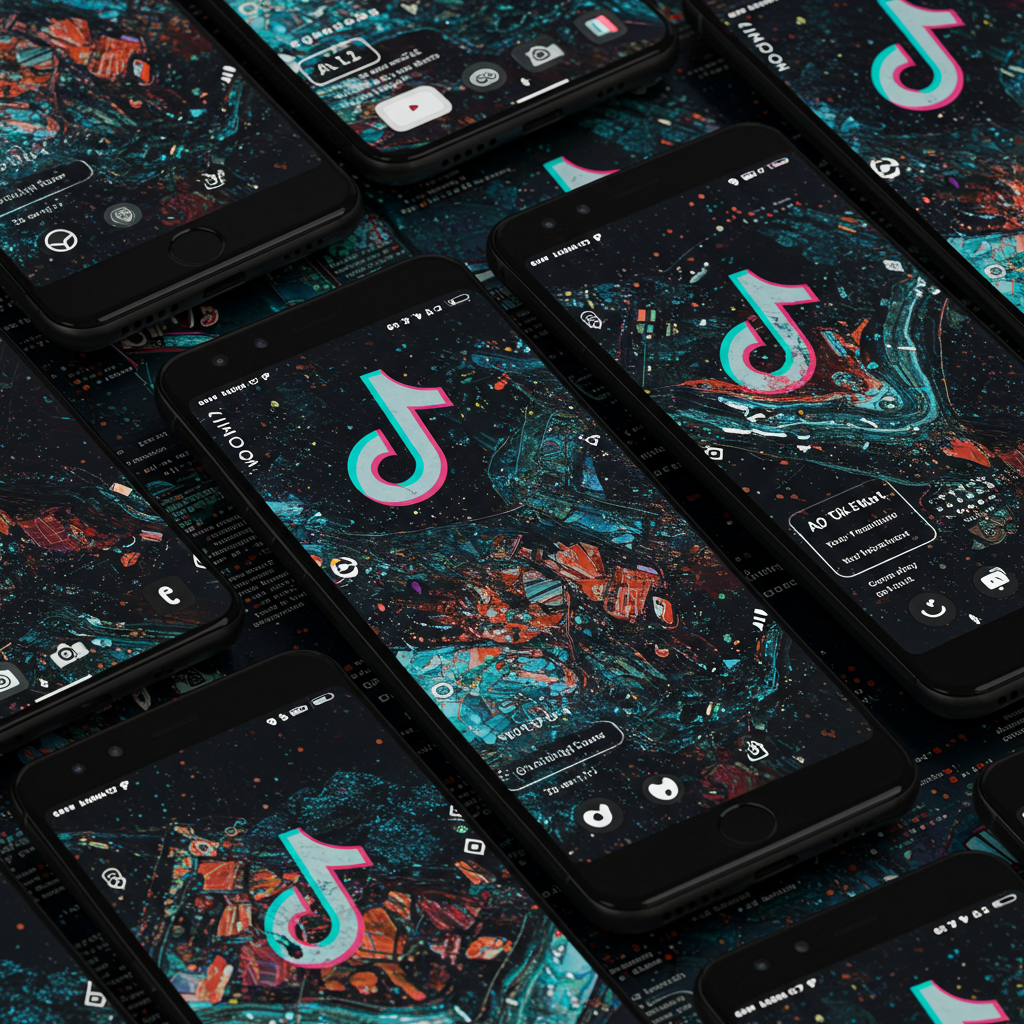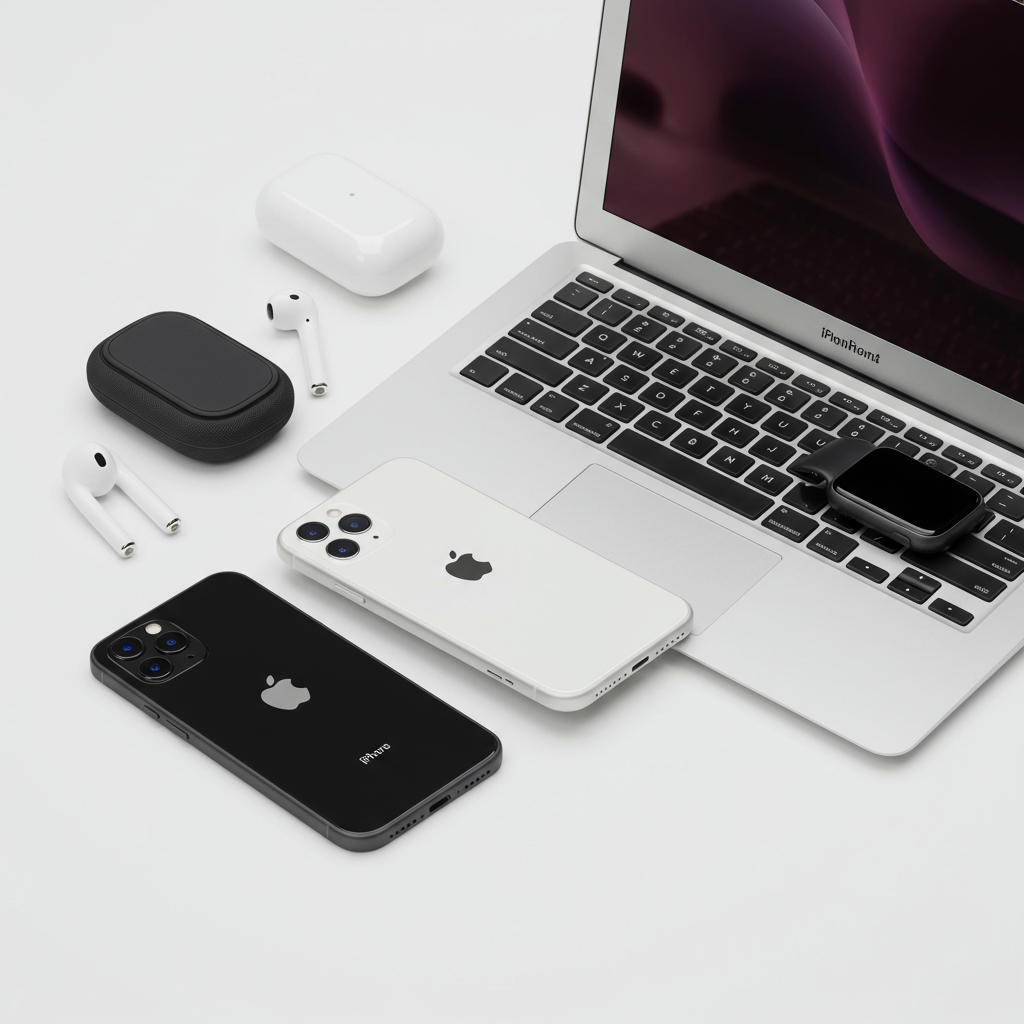Social media platforms are facing a disturbing surge of virally popular, racist AI-generated videos. A new report from media watchdog Media Matters reveals that these harmful clips, many seemingly created with Google’s advanced Veo 3 text-to-video tool, are racking up millions of views on platforms like TikTok. This alarming trend highlights significant challenges in controlling AI misuse and enforcing platform safety policies.
These AI-generated videos aren’t just spreading misinformation; they are weaponizing technology to perpetuate hateful and dehumanizing stereotypes. The content uncovered by Media Matters predominantly targets Black people using deeply offensive tropes, but also includes antisemitic material and racist depictions of immigrants and Asian individuals. The ease with which these harmful videos are created and shared underscores a critical problem at the intersection of generative AI development and content moderation.
Inside the Racist AI Content Flooding Social Platforms
The nature of the AI-generated videos is particularly troubling. Many rely on classic, harmful racist caricatures. For instance, videos targeting Black people frequently use animal imagery, specifically monkeys, in ways that have historically been used to dehumanize Black individuals. Examples cited in reports include AI-generated scenes depicting a Waffle House filled with monkeys throwing items, monkeys boarding a plane for a “Spirit Airlines experience,” or monkeys portrayed as “usual suspects” in crime scenarios or police chases. Some clips use the “fatherlessness” trope or repeatedly incorporate anti-Black stereotypes like fried chicken and watermelon.
Beyond animalistic depictions, other racist tropes abound. Viral videos have depicted Black women as ape-like figures, often termed “bigfoot baddies,” complete with stereotypical accessories like acrylic nails or bonnets. These portrayals directly link back to historical illustrations from the slavery era that exaggerated the features of Black people to portray them as less than human. Antisemitic content, such as depictions of Orthodox Jewish men chasing gold, and racist caricatures of Asian people or immigrants, including those suggesting dirtiness or claiming immigrants only seek government aid, also appear in these AI-generated videos. Worryingly, some content even depicts violence against immigrants or protesters.
The reach of this content is immense. One specific video depicting police violence against a Black person reportedly garnered 14.2 million views. Other videos have accumulated millions of views across TikTok, Instagram, and even YouTube, though views on the latter are generally lower. The virality is partly fueled by social media algorithms, which can quickly push similar content to users who engage with just a few such videos.
Identifying the AI Fingerprints: Veo 3 and Beyond
Media Matters researchers identified many of these videos as potentially originating from Google Veo 3 through several indicators. The presence of a “Veo” watermark visible in the corner of clips is a clear sign. Additionally, users posting the content often included hashtags, captions, or usernames explicitly referencing Veo 3 or AI.
The technical specifications of the videos also align with Veo 3’s known capabilities. Veo 3, which Google launched in May, allows users to generate video clips from simple text prompts. At its release, the tool had a limit of eight seconds per clip. Many of the racist videos found were exactly eight seconds long or consisted of multiple short clips, each lasting no more than eight seconds, consistent with this technical constraint. While Google claims Veo 3 is designed to “block harmful requests and results,” and TikTok’s rules prohibit hate speech and negative stereotypes, the proliferation of this content demonstrates a significant failure in existing safeguards.
Platform Policies Versus Real-World Enforcement
Both TikTok and Google have explicit policies against the creation and dissemination of hate speech and harmful content. TikTok’s community guidelines state that hateful behavior has “no place” on the platform and that they will not recommend content containing negative stereotypes based on protected attributes. Google’s policies also prohibit using its services for hate speech, harassment, and abuse.
Despite these clear rules, enforcement appears to be struggling to keep pace with the volume and nature of AI-generated content. A TikTok spokesperson informed The Verge and Ars Technica that the platform proactively enforces its rules and had removed accounts identified in the Media Matters report. They noted that many of these accounts were already banned prior to the report’s publication, and the remaining ones were removed afterward. However, this reactive approach allows content to spread widely before being addressed.
Experts point to fundamental challenges in regulating generative AI. Meredith Broussard, an NYU professor, highlights that AI developers cannot anticipate every malicious use case, making it difficult to build perfect protective “guardrails.” Prompt engineering can often bypass safeguards, or the AI may simply lack the nuanced understanding required to identify subtle racist connotations in prompts or imagery (like depicting groups as animals). Nicol Turner Lee of the Brookings Institution emphasizes that the ease with which these racist tropes are now available for creation and distribution online is “disgusting and disturbing,” connecting it to historical dehumanization.
The issue isn’t confined to TikTok; reports indicate similar AI-generated hate speech appearing on Instagram and X (formerly Twitter). The potential integration of Veo 3 into platforms like YouTube Shorts further raises concerns, providing another massive channel for this content to spread easily.
Historical Context and Future Concerns
The weaponization of AI for racist content is not entirely new, but the ease and scale facilitated by advanced tools like Veo 3 are alarming. Experts like Meredith Broussard and reports from publications like WIRED have previously discussed AI-generated content featuring racial stereotypes as a form of “new minstrelsy,” where digital tools are used to create adaptive and immediate forms of racist caricature. The current trend of depicting Black people as primates or using other harmful stereotypes directly mirrors historical dehumanization practices.
The virality of these AI-generated videos, coupled with algorithmic amplification, means that harmful messages can reinforce racist beliefs regardless of how realistic the imagery is. The problem isn’t solely about deepfakes; even cartoonish or distorted AI outputs can carry and propagate deeply offensive messages.
This situation underscores a persistent challenge in the age of readily accessible generative AI: preventing its misuse for creating inflammatory and discriminatory content. Despite stated safety measures by companies like Google and TikTok, the current enforcement and technological guardrails are proving insufficient. The ease with which users can generate and spread hateful content makes platforms attractive targets for those seeking to amplify negative stereotypes. As generative AI tools continue to advance and become more accessible, there are serious concerns that minority groups could face increased levels of virtual harassment and abuse unless platforms and developers significantly improve their proactive prevention and moderation efforts.
Addressing the Spread of AI-Generated Hate
Combatting this problem requires a multi-faceted approach. AI developers must prioritize robust safety features during the design phase, working to train models to better identify and reject prompts or outputs that include or imply hateful tropes, even subtly. Platforms hosting user-generated content need to invest more heavily in proactive detection mechanisms, utilizing both advanced AI moderation tools and human review to catch harmful content before it goes viral.
Transparency from platforms about how AI-generated content is identified and moderated is also crucial. For users, recognizing the signs of AI-generated content (like watermarks or distortions), understanding that even unrealistic AI can perpetuate real harm, and reporting problematic videos are essential steps. Ultimately, the responsibility lies with the technology creators and the platforms hosting the content to ensure their tools and services are not enabling widespread discrimination and hate.
Frequently Asked Questions
What types of racist AI videos are circulating on TikTok?
Reports indicate these videos use harmful stereotypes primarily targeting Black people, depicting them as primates, criminals, or associating them with tropes like fried chicken and watermelon. Other content includes antisemitic depictions, racist portrayals of immigrants, and caricatures of Asian individuals. Some videos also depict violence against marginalized groups.
Which AI tools are being used to create these viral racist videos?
While various AI tools exist, many of the recent viral racist videos circulating on TikTok reportedly appear to be created using Google’s text-to-video generator, Veo 3. These videos often feature a “Veo” watermark and align with the tool’s technical limitations, such as its eight-second clip length.
How can platforms like TikTok and Google prevent racist AI content?
Platforms and AI developers need stronger proactive measures. This includes improving AI model training to recognize and block hateful prompts and outputs, enhancing content moderation systems with advanced detection technology and human reviewers, and implementing features that make AI-generated content clearly identifiable to users. Robust enforcement of existing hate speech policies is also critical.
Conclusion
The proliferation of racist AI-generated videos on major social platforms like TikTok represents a significant and urgent challenge. Fueled by advanced tools like Google Veo 3 and amplified by platform algorithms, this content is not merely offensive; it actively weaponizes technology to resurrect and spread harmful, dehumanizing stereotypes. Despite existing policies from platforms and AI developers, current safeguards and enforcement measures are clearly insufficient to prevent this content from reaching millions. Addressing this issue requires a concerted effort from technology companies to build safer AI, platforms to implement more effective and proactive moderation, and users to be aware of and report such harmful material. Without decisive action, generative AI risks becoming a powerful new engine for online hate and harassment, with devastating real-world consequences.




